Which Light for Hiking?
Lighting
At some stage many of us will choose to transition from day hiking to overnight hiking and apart from considerations such as weather, food and site selection, we also need to consider equipment aspects including some form of lighting otherwise we are going to be travelling in the dark….literally.
Those of you new to hiking will soon realise that the major outdoor stores tend to congregate in close proximity to each other so it is oh so easy to visit 3-5 stores all located within a 100 metre radius. So armed with a list of new gear we need to obtain, either by borrowing or purchasing, some sort of light, so we head off to the stores in search of something that will shed light on our nighttime foray. This is where it becomes difficult.
Each person should have their own source of light. And depending on the type of camping you are doing, you may also want a communal light. The options for lighting on the trail are mind boggling and apart from colour they seem at first glance to be very similar.
So what to choose? Handheld, head torch or lantern?
This article looks at the three main types of lighting available and hopefully we will shed some light (pun intended) on the topic.
This article is also available as a podcast here
1. Handheld torches
Those of you with a touch of grey hair will be familiar with hand held torches that were really our only option when camping as kids all those years ago. There is absolutely nothing wrong with using a hand held torch if that is all you have and if funds are limited, spend your money on a better quality sleeping mat or sleeping bag instead. If you are going to go down the handheld route, ensure your torch is waterproof so that in the event of heavy rain you won’t be left in the dark.
We like
- Most of us will have at least one torch at home so when we first start overnight camping we can usually get away with what we have without having the outlay of a new light. But try to avoid those really huge torches
- You are less likely to blind someone with a handheld torch than with a headlamp and if you want to move the light quickly e.g. when looking for wildlife then this is the option for you
We don’t like
- Sometimes you just need to use two hands and it makes it hard when you are holding a torch in one
- They can be bulky, but not always
- Its tiring to hold a torch for long periods
If purchasing a torch they are not necessarily a cheap option either and in researching this article the most expensive handheld torch I could find in a specialty outdoor store was around the AUD$1,000 mark. Having said that, the beam length was 620 metres which is overkill for most hikers.
In our recent poll only 9.5% of hikers used handheld torches as their main light. This is not surprising and once hikers start camping regularly they will usually purchase a head torch.
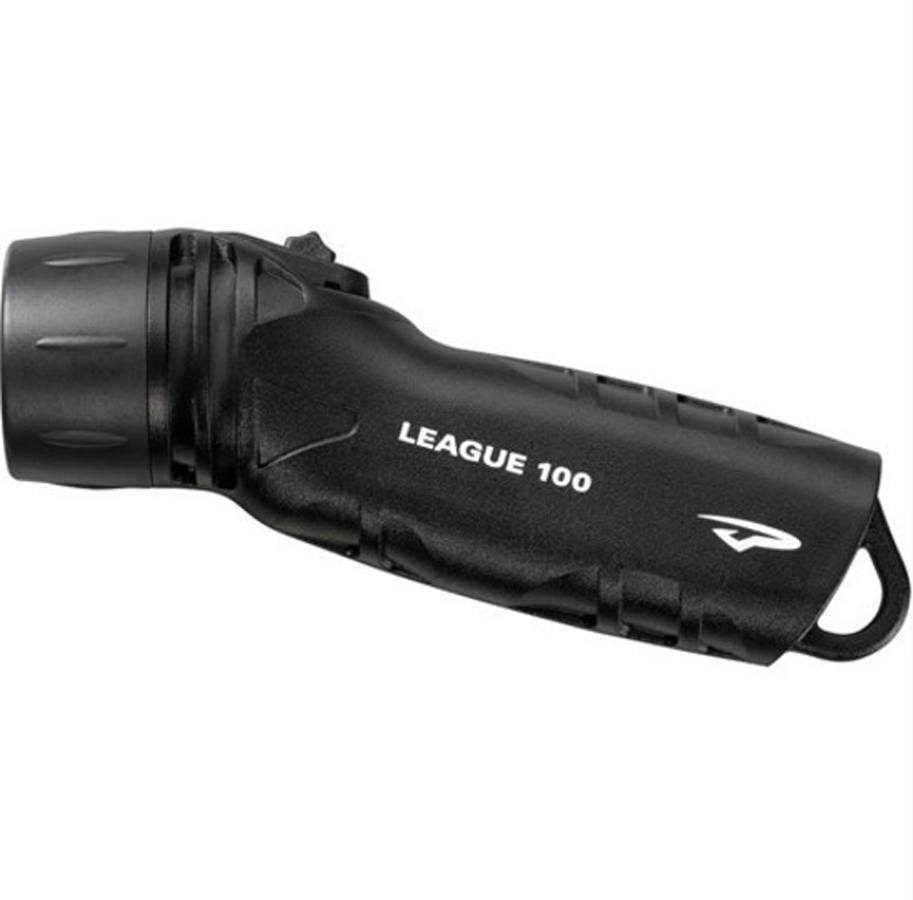
Princeton Tec League 100 Waterproof Dive Torch. Dive torches make great hiking lights as they tend to be robust and fully waterproof
2. Lanterns
Lanterns are probably the least common type of light type for hikers and tend to fall into the realm of car camping where space and weight aren’t so much of an issue. I do own a compact lantern but I’m unlikely to ever hike with just a lantern. Lanterns have come a long way from the big bulky items they used to be and these days lanterns can be compact, reasonably lightweight (compared to what they used to be) and provide a large concentrated ball of light (compared to other forms of lights which often tend to have focused beams). However, a number of modern lanterns also have the ability to be used as a torch providing a beam of light.
I tend to use my lantern on single overnight trips, when I’m car camping, or when I’m travelling in a group to create better communal lighting.
We like
- This is the best type of light for a group situation where you are lighting up a communal area such as the camp kitchen
- Lanterns are usually free standing, hanging or both so you can put them in a central area and go about your business without having to hold them. Smaller units will usually hang from the ceiling of a tent to give you better light for reading or getting ready for bed – there is nothing worse than a torch or headlamp flashing around a tent when someone else is trying to sleep
- A number of different models also have a torch mode which makes them very versatile
- Lanterns often tend to have long battery duration so are great for extended trips where weight is not an issue
We don’t like
- Larger models can be heavy
- In situations when you need a directional beam these may not be the best option (some models can provide a directional beam but it’s basic)
- While they can be used as a personal light the ‘group’ may get upset when you disappear with the main light source
Pricing is starts around the AUD$40 mark and ranges to around the AUD $200 mark for models that can be controlled with a smartphone app via bluetooth.
In our recent poll 0% of hikers used lanterns as their main source of light. This is really a secondary light source and most often used by car campers or for larger groups as a communal light.
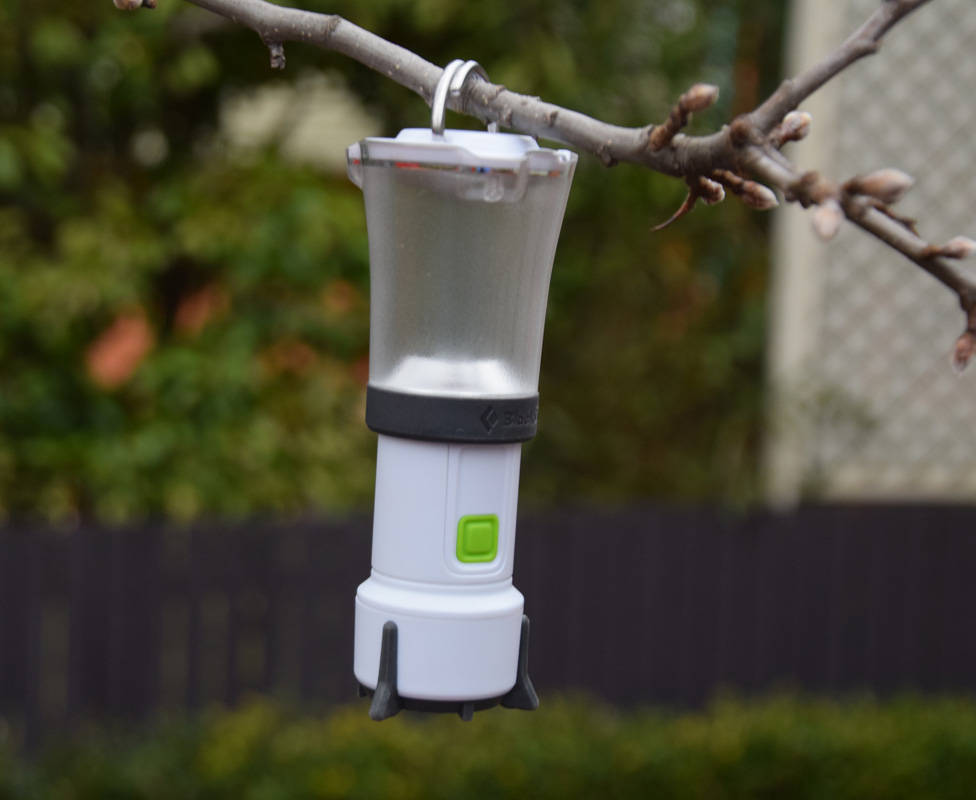
A Black Diamond lantern (superseded model) hanging in a tree with the built in clip. The small versions of this type of light will hang well inside the roof of a tent
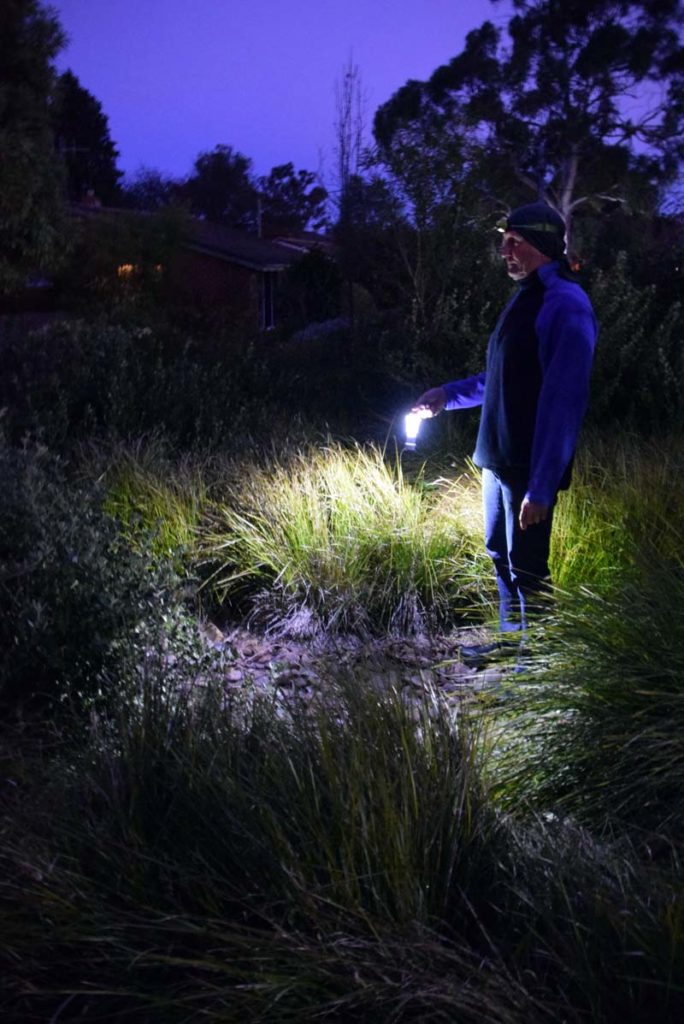
A lantern throwing a ball of light which makes them great for group communal areas or for reading in tents

Lantern being used as a handheld torch. Not all models have this function but its worth considering if you only want to buy one light
3. Headlamps
Headlamps are the light of choice for most hikers as shown in a recent survey we conducted where over 90% of hikers used this type of light as their main light source. This is backed up on the trail where just about everyone you see is using a head torch and for very good reasons.
They are usually small, compact, lightweight and will go with you anywhere making it easy to see. Headlamps mean you have both hands free for whatever activity your are undertaking making them the best choice for a personal light. If you are into night hiking, which I do from time to time, this is really the best option for you.
We like
- Hands free allowing you to use both hands for whatever you are doing
- Where you look is where the light is which means a headlamp is by far the best personal light type particularly if you are hiking at night
- Very compact and lightweight (with rare exceptions)
- Most head torches usually have different lighting modes ranging from a spot light, low-high beam, high-beam to a red-beam which assists you to keep your night vision
- Most headlamps are also adjustable allowing you to wear them at different angles to minimise the risk of ‘blinding’ others
We don’t like
- Light tends to be directional so not the best for providing communal lighting for groups
- Not everyone likes to wear a torch on their head. If you are wearing it for long periods it may give some people headaches
- You need to be careful not to ‘blind’ others with your beam. The Petzl E+Lite has the ability to blind its own wearer!
Prices start around the AUD $40 and top out around the $400 AUD mark for all but the most specialised activities. Most of these lights sit well under this mark.
In our recent poll, 90.5% of hikers used head lamps as their main light which makes the headlamp the choice for the vast majority of hikers.

Petzl Elite+ ultralight head torch weights in at just 27 grams compared to an Australian 20 cent piece. This is my ‘go to’ light when I’m not doing serious night hiking
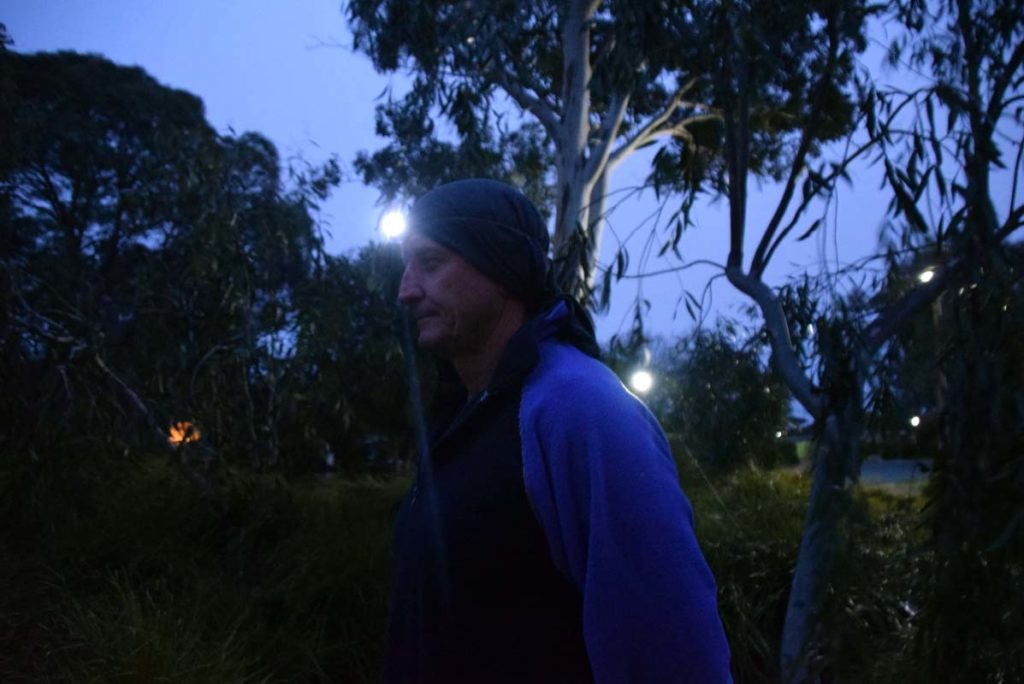
Petzl Elite+ in use. This image shows the ‘high beam’ setting which is bright but reduces the battery life
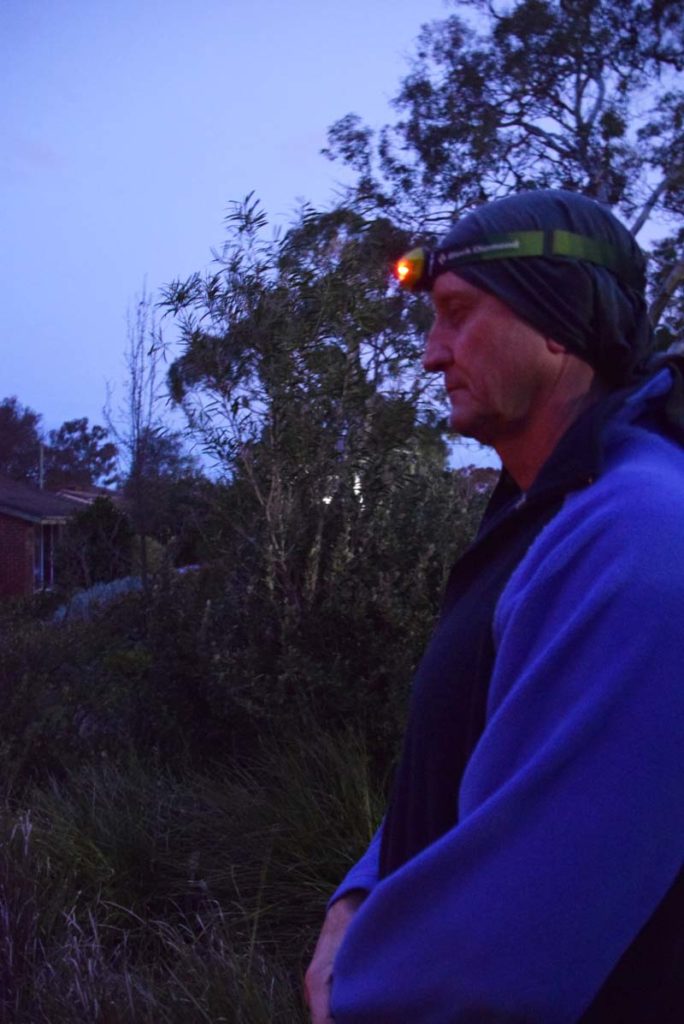
Petzl E lite on infra red mode. Used in this mode it will preserve your night vision and last for approximately 30 hours on a new set of coin cell batteries
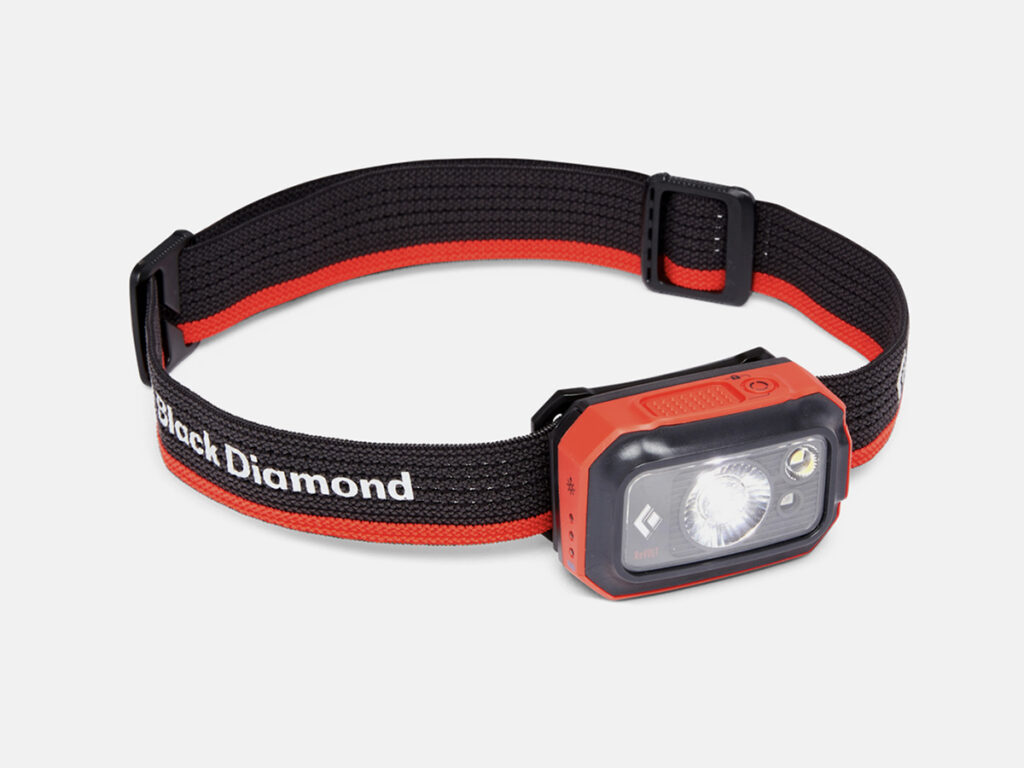
Black Diamond Revolt rechargeable headlight. This light is much more powerful than the Petal Elite but the batteries won’t last as long and it is heavier. This is my current light choice for when I’m hiking at night. having said that if I’m hiking in terrain that is very hard going that I am unfamiliar with I will grab my wife’s Petzl Actik Core Headlamp
4. Batteries
The type of battery you use is really one of personal choice but be aware of the advantages and disadvantages.
Rechargeable batteries
- Are great for a lot of nighttime use as the cost of disposable batteries can quickly add up
- The downside is that on longer trips you will need to be able to access a power source of some type at regular intervals or bring a portable power pack such the Goal Zero Sherpa 4o
- to charge them up
Disposable batteries
- Are often cheaper to purchase but the weight can add up if you need to carry spares for a long trip
- Most of you will notice the vast range of disposable batteries available on the market. If you can afford them, use lithium batteries for longer trips (they are not cheap). While they may be more expensive to purchase, they are more cost effective for longer trips and reduce the amount of batteries you carry
Whichever type of battery you use, ensure they are fully charged if using rechargeable batteries or fairly new if using disposables. Remember to take them home with you and don’t throw them away on the trail.
In a poll that we conducted on nighttime lighting it showed a fairly even split with the type of battery used:
- Non rechargeable 47.6%
- Rechargeable 52.4%
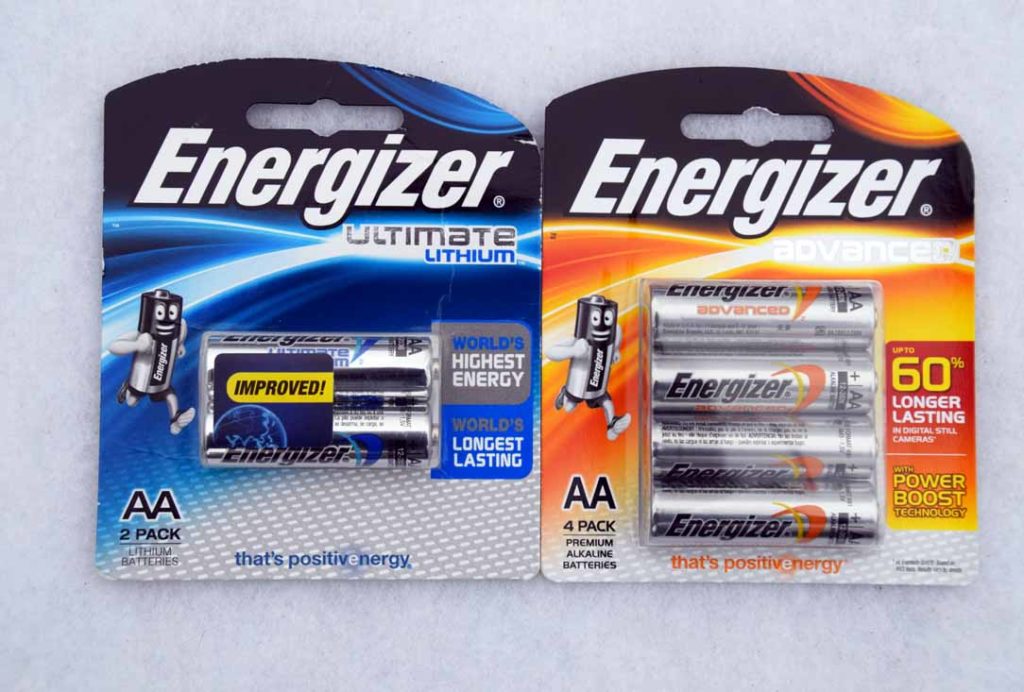
Which batteries do you use? Lithium batteries are far more expensive but last longer, weigh slightly less and perform better in cold conditions than other types of batteries
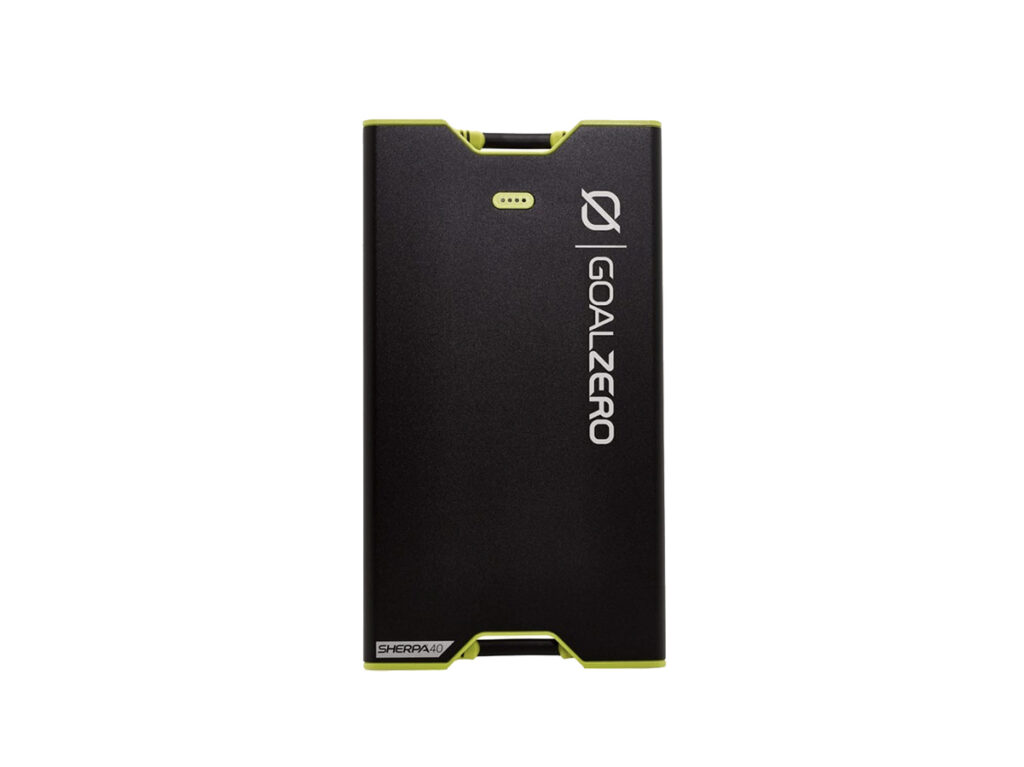
Which light to choose?
When purchasing a light for hiking use you need to make a decision about what type of light you want and why. Questions to consider include:
- Is this going to be a light for personal or group use?
- What type of hiker are you?
- If you set up camp at night and don’t go anywhere apart from the occasional call of nature, then a handheld or head torch will be the way to go. In this situation you won’t need a lot of power. My personal choice is the Petzl Elite which is tiny but suits my needs
- If are are into night hiking in a big way, then a headlamp is your best option; and if you on unfamiliar trails then go for a light that has plenty of power and can light up the trail including the trip hazards. If I’m going to be doing some full-on night hiking, particularly on unfamiliar trails, then I want more light and this is when I’ll use my more powerful Black Diamond Revolt or Petzl Actik Core head light
- Beam type – do you want a floodlight type or a directional beam?
- Battery life – how long will you be using the torch for? If its just for an hour at night then disposable batteries may be fine but on longer trips the weight adds up
- Battery type – how easy is it to get replaceable batteries in remote areas (this may not be a consideration)?
- Weight – the lighter the better but it needs to be robust as well as providing an adequate amount of light for whatever you want to use it for
- Cost – everyone has a budget to work within. Don’t buy the cheapest light you can find. Buy the light that meets your needs – if the one that meets your needs is the cheapest then that is a bonus!
Etiquette
The thing we never talk about when it comes to lights is how to use them. This goes a bit beyond etiquette but here is our list of things to ensure you don’t upset your fellow hikers:
- One thing that definitely falls under ‘etiquette’ is don’t blind other hikers. Mostly this is inadvertent and can be avoided by adjusting your light to where you are going or focused on what you are doing. You also need to careful about trying to make eye contact with people who are nearby. Most headlamps can be directed towards the ground and a handheld torch can be pointed towards the ground. This is not so much of an issue with lanterns
- Moving quickly and flashing light all over camp! It never ceases to amaze me how jittery people become when you put a torch in their hand or on their head. Slow deliberate movements are best and this includes when you’re returning from that long walk after a nature call
- Remember why you are carrying a torch – its so you can see enough to perform a specific task – its not so you can light up the night sky! So avoid using your torch in way that flashes light into the distance – you can often see better without the torch!
- If you have ever pitched your tent next to an avid torch user, you’ll know that you don’t need to be on the inside of their tent to be disturbed by the light. When lights out has been called, be aware that every flicker of your torch inside your tent can disturb others nearby
Final thoughts
The type of torch you use is a surprisingly personal choice. If you focus on the main type of nighttime activity you’ll need a torch for including wide beam (for group gatherings) or narrow beam (for personal use), you can’t go wrong. If you then focus on what fits your grip in the case of a handheld or what is comfortable sitting on your head if you’re looking at a headlamp, you’ll make another step towards the right light for you. Then you should consider whether you’ll use disposable or rechargeable batteries. The last thing to focus on is cost – this is because there are plenty of cost options within each light category.
One final thought is that a single light may not meet all your needs. Between Gill and I we own 8 lights and each has its own particular use.
Additional reading on overnight hiking
Further information about transitioning to overnight hiking go to the following link Transitioning from Day Hiking to Overnight Hiking